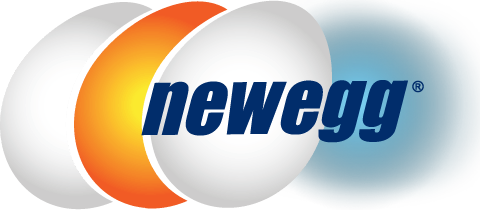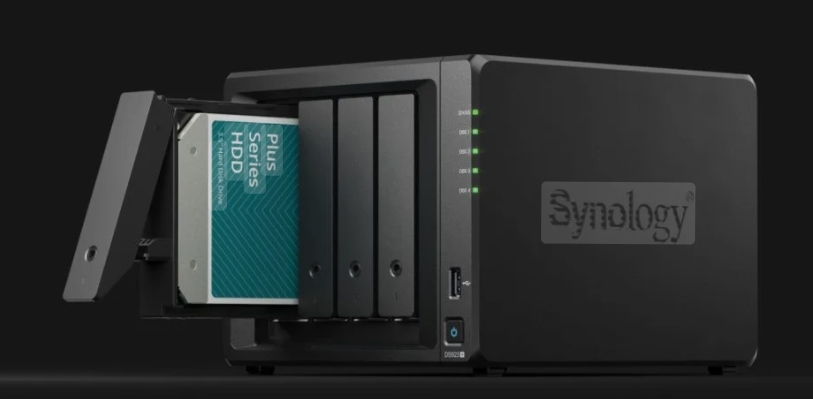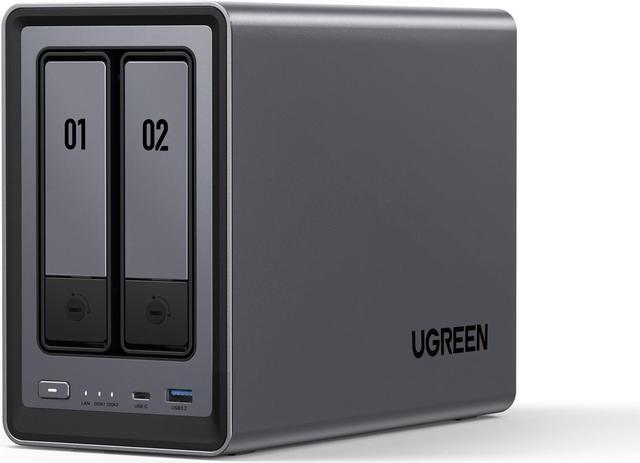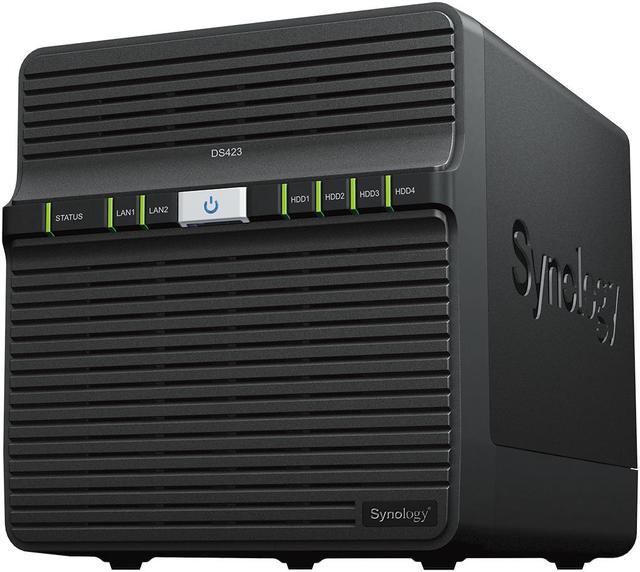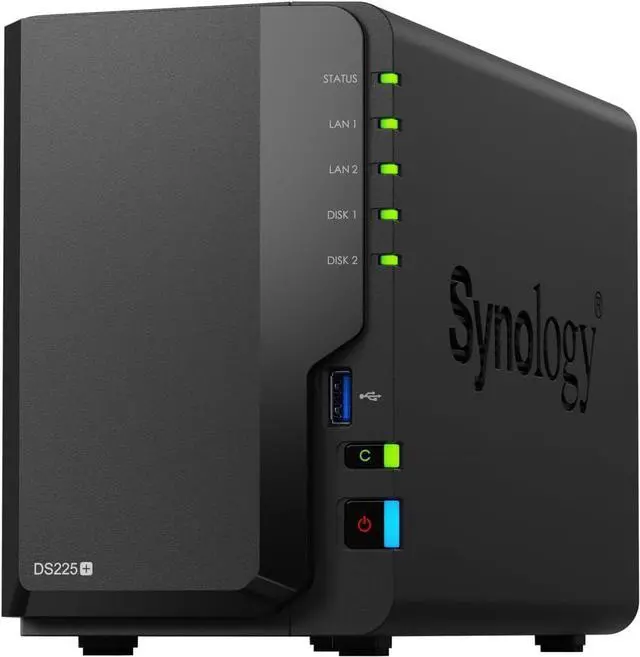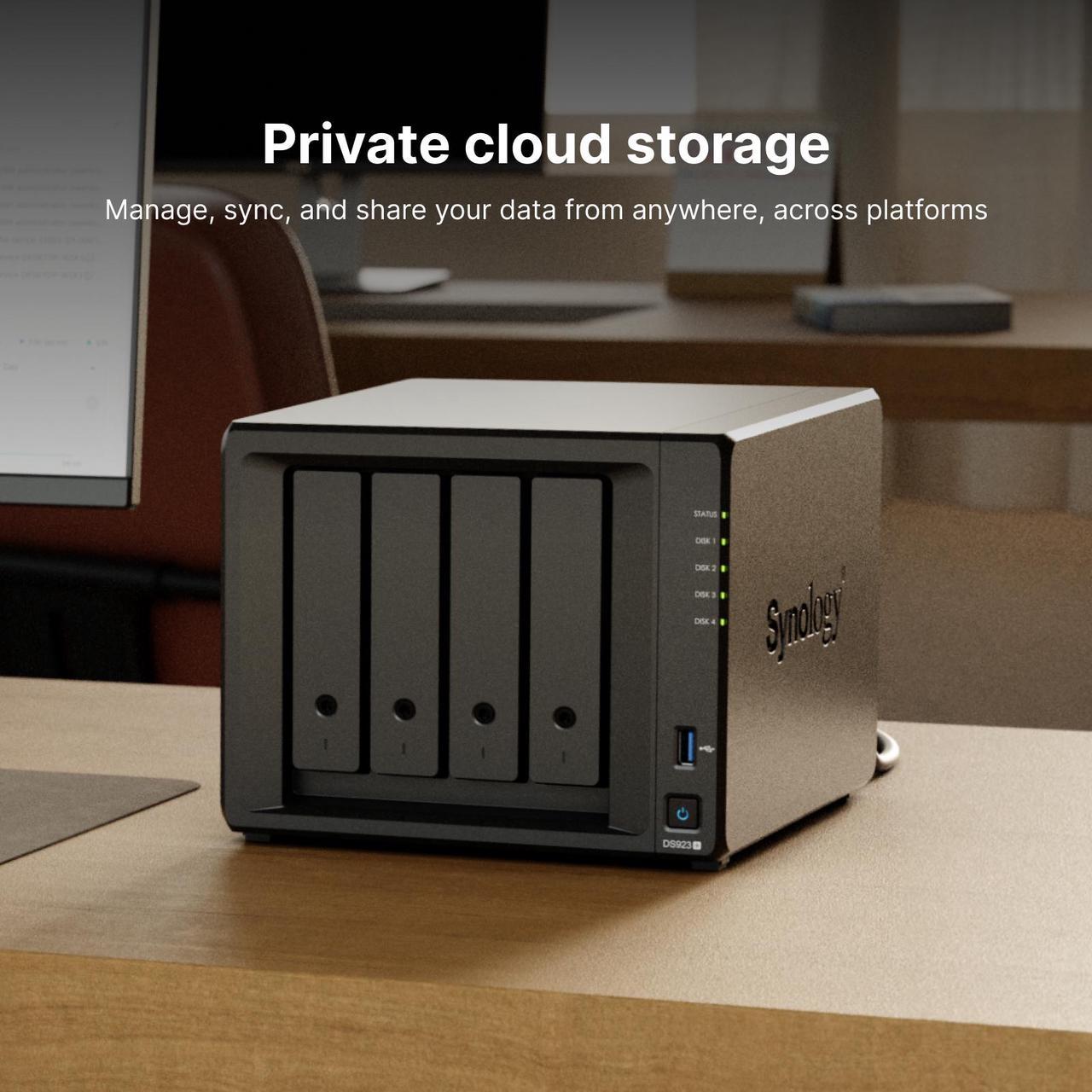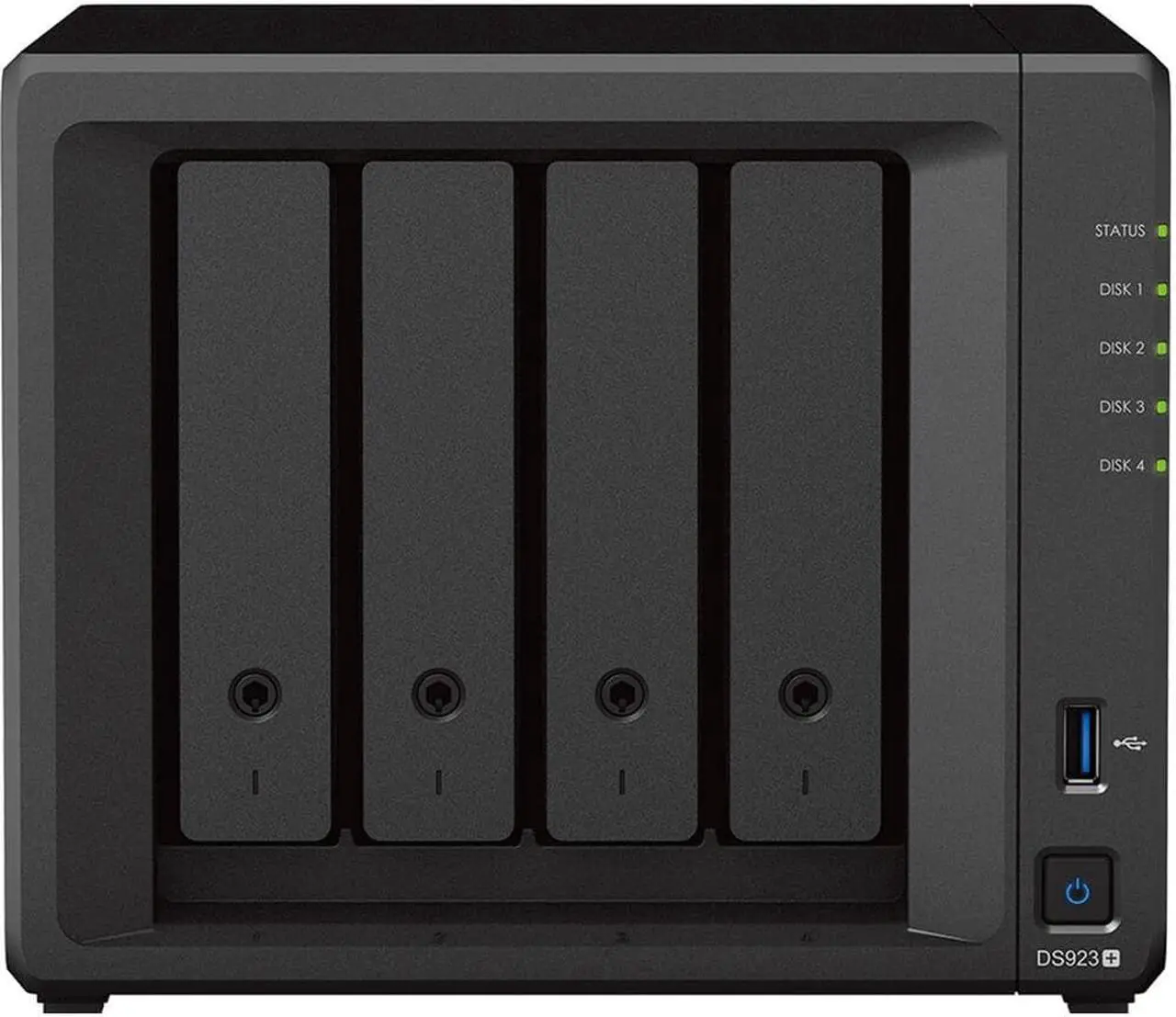Synology has quietly rolled back its controversial third-party drive restrictions. With DSM 7.3, the company has re-enabled full support for non-Synology hard drives and 2.5-inch SATA SSDs—no nag screens, no feature lockouts, and full SMART/health monitoring back in the UI. If you’re running Seagate IronWolf/Pro, WD Red Plus/Pro, Toshiba N300, or mainstream 2.5-inch SSDs like the Samsung 870 EVO, DSM treats them like first-class citizens again.
This is a wholesale restoration of the pre-restriction experience. Mixed-vendor configurations in popular boxes like the DS923+, DS1522+, DS224+, and RS1221+ now behave as before: full storage alerts, drive tests, and RAID/SHR functionality without “unsupported” warnings. It also applies to SSD cache volumes and 2.5-inch SATA bays found in compact models.
Synology hasn’t issued a mea culpa. The company’s public channels are light on framing, but coverage from NASCompares and widespread community chatter attribute the reversal to consumer backlash and concerns over lost sales and trust. Some users point to prior enterprise-only restrictions as a slippery slope; DSM 7.3 looks like Synology tapping the brakes.
For prospective buyers and upgraders, the practical takeaway is simple: flexibility is back. You can choose drives based on performance, acoustics, warranty, and price rather than a vendor whitelist—exactly what DIY NAS enthusiasts expect.
The Details That Matter
Under DSM 7.3, third-party HDDs and 2.5-inch SATA SSDs regain complete feature parity. That includes SMART telemetry (temperature, bad sector counts, wear-leveling for SSDs), scheduled and on-demand drive tests, disk health alerts, and integration with DSM’s Storage Manager for RAID/SHR arrays, scrubbing, and rebuild operations. Administrators no longer have to work around degraded visibility or warning prompts when mixing brands.
Previously, DSM builds introduced warnings for “uncertified” drives and curtailed monitoring and certain storage features when non-Synology disks were present. That affected both home users and small businesses running mainstream models like the DS920+ or DS423+. The net effect was friction—less insight into disk health and less confidence during rebuilds.
Importantly, DSM 7.3 doesn’t force a Synology-only path even on systems with optional SSD caching or SATA SSD arrays. Whether you’re using SAT5200 (Synology’s own) or third-party 2.5-inch drives, DSM restores normal behavior, including TRIM, lifespan reporting (where supported), and RAID management.
Community response is mixed relief and lingering skepticism. Reddit threads in r/synology and r/DataHoarder call the original move anti-consumer and warn that trust takes time to rebuild. Some users have already jumped or are planning to jump to TrueNAS, QNAP, TerraMaster, Asustor, UGREEN, Ubiquiti UniFi NAS, Unraid, or OWC solutions. Others flag unrelated frustrations like the depreciation/removal of certain apps (e.g., changes to Video Station) as part of a broader pattern.
Performance & Benchmarks
Performance isn’t “boosted” by DSM 7.3 so much as unshackled. With full SMART and health data restored, DSM can proactively notify of failing drives and schedule sector remapping and consistency checks effectively—critical to sustained array performance. Scrubs and rebuilds complete with proper logging, and admins get back the granular telemetry needed to prevent degraded throughput over time.
On throughput, the fundamentals remain the same: multi-bay HDD arrays can still saturate 1GbE (roughly 110–120 MB/s) on any recent DS-series box. With 10GbE (either native on higher-end units or via add-in modules on models like the DS923+ and DS1522+), RAID 5/6 arrays with enough spindles deliver multi-hundred MB/s sequential performance, and mixed SSD/HDD tiers or NVMe cache can accelerate small-file workloads. DSM 7.3 doesn’t change raw CPU or NIC specs—it removes the policy roadblock that previously hobbled feature completeness with third-party disks.
In practical benchmarking terms, the regained SMART telemetry helps keep performance predictable. If a WD Red Plus begins accumulating pending sectors, you’ll see it and swap the disk before a parity check drags or a rebuild stretches into business hours. That’s the “performance” story: fewer surprises, full caching behavior, and the ability to choose the right drive for your workload—quiet 5400 RPM for a living room DS224+, or 7200 RPM IronWolf Pro for a DS1522+ with 10GbE.
Enthusiasts who run VM workloads, Docker containers, or Plex on their NAS should expect stability parity with pre-restriction DSM versions. CPU-bound tasks remain dictated by the CPU (e.g., Ryzen R1600 in DS923+, Atom/embedded AMD in others), not the drive brand. But by restoring normal storage features, DSM 7.3 reduces admin overhead and risk during high-I/O windows.
Should You Buy?
If Synology’s earlier restrictions pushed you to hold off, DSM 7.3 removes the biggest blocker. For home labs, media servers, and small offices that value Synology’s DSM ecosystem, the restored third-party drive support fundamentally improves value and flexibility. You can run IronWolf in a DS923+, mix in WD Red Plus, and keep full SMART alerts and storage features.
Caveats remain. Synology hasn’t publicly acknowledged fault, and some power users fear the policy could return—especially in enterprise lines where vendor-validated drives are common. If you’re deeply allergic to vendor lock-in, TrueNAS (with ZFS) or Unraid still lead on openness, at the cost of DIY complexity. QNAP, TerraMaster, and Asustor continue to support broad drive lists and may deserve a second look if you’ve already planned a platform switch.
For existing Synology owners on DSM 7.x, this is a strong reason to update and extend the life of your NAS with larger, cheaper disks. For first-time buyers, weigh DSM’s polished apps and Btrfs features against the reputational hit—then decide whether the regained openness meets your long-term comfort level.
Expert Recommendation
Update to DSM 7.3 and reclaim full monitoring and feature support with your existing Seagate/WD/Toshiba drives. If you’re buying new, Synology is back on the shortlist for a polished, low-maintenance NAS, especially DS923+ or DS1522+ for upgraders eyeing 10GbE. Diversify your drive vendors to balance warranties and pricing, keep good backups, and set monthly SMART tests and quarterly parity scrubs.
If you manage mission-critical data or remain wary of policy whiplash, document your requirements and evaluate at least one alternative platform (TrueNAS Core/Scale or QNAP) in parallel. Synology’s reversal is the right move, but trust is earned over time—let DSM 7.3 prove it in your lab before a fleet-wide rollout.
Related Resources
- Minisforum released N5 and N5 Pro
- Newegg NAS deals and HDDs: https://www.newegg.com/
Expert Recommendation
Looking to upgrade your monitor? Check out Newegg’s NAS Builder for expert recommendations and deals.
